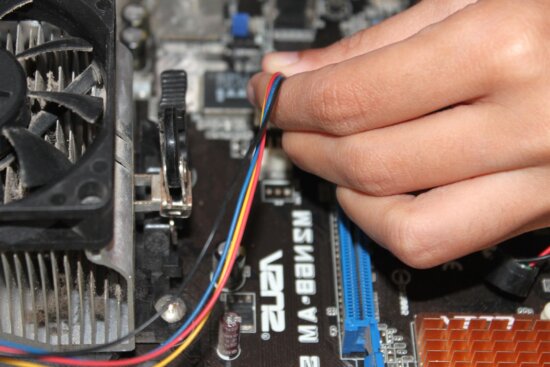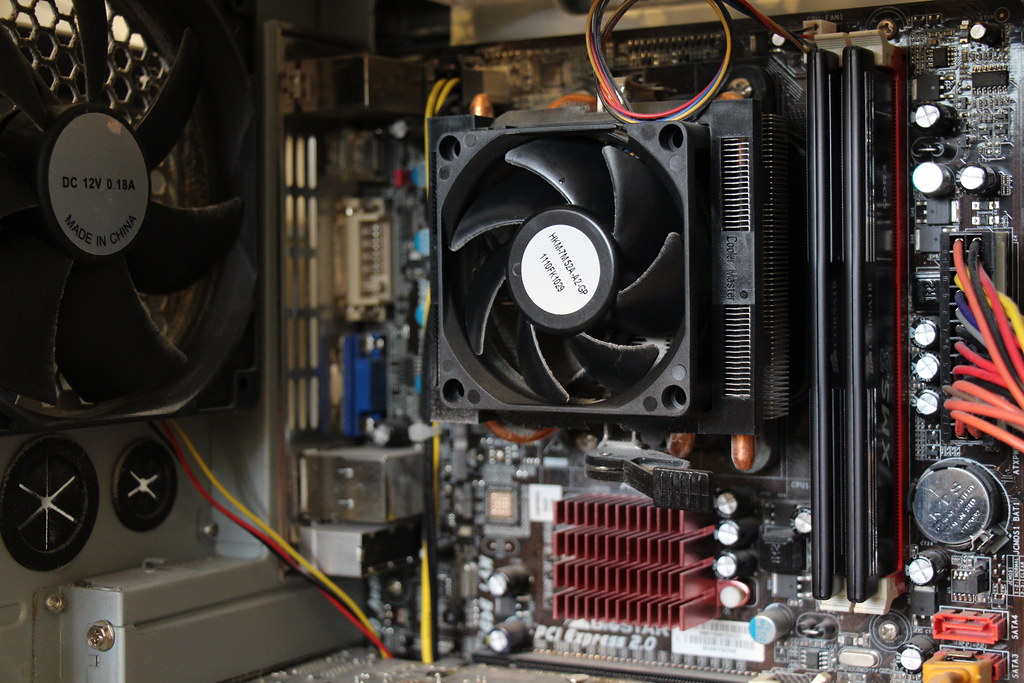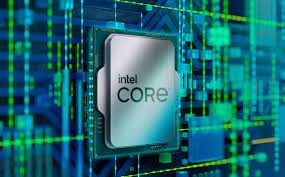One of the most critical components of your computer is the motherboard. This component helps to power the other components in your computer, so let us talk about one part you can use without buying anything else. The power switch on any motherboard will only turn off or restart certain parts of your computer, but not all parts. It will not turn off display devices such as monitors or projectors plugged into a separate wall outlet.
Working of the power switch on the motherboard
This part works because it sends signals along with specific cables, called ATX cables, which communicate with switches inside your different computer components via headers. Once the signal reaches the header inside a given component, it tells that component to either shut down or go back to working mode depending on the signal. This is why you might see a computer that is turned off but still has a light or fan on; the motherboard is still receiving power, but the display and other peripherals are not turned on.
Header pins
There are usually three pins in a header:
- One for ground
- One for 12 volts
- One for 5 volts
When the switch is off, it sends a ground signal to all headers, telling all components to shut down. When the switch is on, it sends a 12-volt signal to all headers except for 5 volts, which tells all components except the hard drive to start up.
Read More: What Are Motherboard Front Panel Connectors? Everything You Need To Know
Compatibility
Every motherboard comes with a power switch, so do not worry about compatibility. You can use it simply by connecting the ATX cables plugged into your components to the pinhole in the middle of this switch and plugging in power cables from wall outlets. Now all you need is a screwdriver to open up your case. If you do not know how to put one back on, look up how to open your specific computer model before taking out any parts, or else you might damage it.
Note:
When using this part, some things to note are that some computers require you to press down on the button for 5 seconds to send an off signal. Others only require 1 second (or even less). So be sure to read your motherboard’s instruction booklet if you are unsure. Also, the power switch will not work if your computer is in a state of hibernation or sleep.
Power switch failure of a motherboard
If for some reason, your motherboard’s power switch ever fails, there are ways to bypass it. One way is to use a jumper, a small metal piece that fits two pins and completes the circuit. You can also buy an ATX switch cable, which is a cable that has a connector on one end that goes into the motherboard and another end that has a connector for the power supply. If you are ever unable to use the switch on your motherboard, do not panic. You can still turn off or restart your computer manually by using this part.
How to connect power switch to motherboard?
There are four main ways to connect a power switch to a motherboard:
- Molex
- Sata
- Floppy
- The older 4-pin connector
Molex
The most common way is to use a Molex connector. This is because it provides more power than the other connectors. It also has two male ends plugged in on both the motherboard and the power supply.
Sata
The most common way to connect a power switch is with a SATA connector. It is fragile and can be easily hidden behind the motherboard.
Floppy
The floppy connector is the oldest way to connect a power switch. It is not used very often anymore because it is not very reliable. It also takes up a lot of space on the motherboard.
4-Pin
The 4-pin connector is the oldest way to connect a power switch. It is not used very often anymore because it is not very reliable. It also takes up a lot of space on the motherboard.
So which connector should you use? It depends on what type of power supply you have. If you have a newer power supply with a SATA connector, you should use that. You can use that or the Molex connector if you have an older power supply with a 4-pin connector. Whichever connector you choose, make sure to plug it in firmly. Otherwise, it may not work correctly.
If you are having trouble connecting the power switch to the motherboard, there are several things you can do:
1. Make sure that the connector is plugged in properly.
2. Make sure that the power supply is turned on.
3. Make sure that the motherboard is turned on.
4. Make sure that the power switch is in the correct position.
5. If all of these things are checked, and you still have problems, you may need a new power supply or motherboard.

FAQs
- Why do you need a power switch if you can turn it on by pressing the ON button?
Some people think that since they have a PC that has an ON button, they don’t need a power switch. This is not true. The ON button turns on the fans and other components in your PC, but it does not turn on the power. The power switch is still needed to do this.
- Where is the power switch on my motherboard?
The power switch’s location varies depending on the motherboard, but it is usually located near the motherboard’s front.
- What happens if I press the power switch and my computer is already on?
If you press the power switch while your computer is already on, it will turn off your computer. This is a way to restart your computer or turn it off if it isn’t responding.
- Can I use the power switch as an ON button too?
No, the power switch will only turn on and off your computer. It cannot be used as an ON button like the ON button.
Apart from this , if you want to know about; What Are Motherboard Front Panel Connectors? then visit our Motherboards category.







